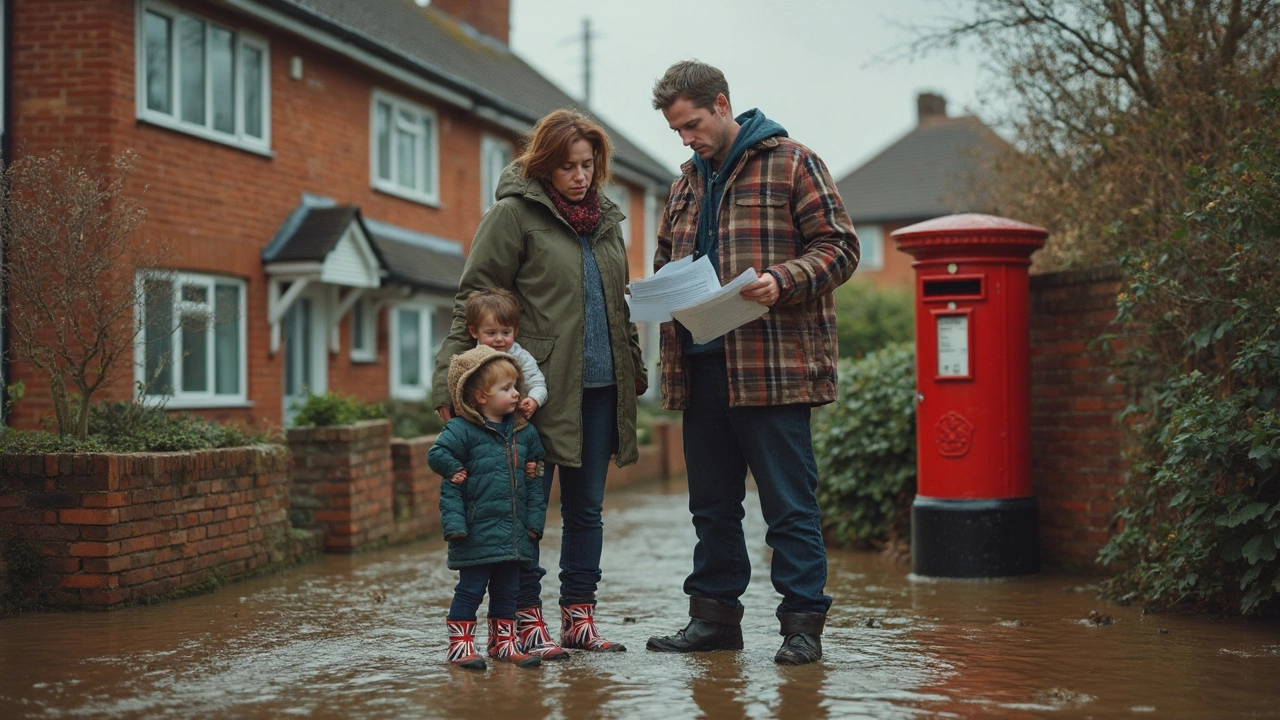Earthquake Damage and Your Money: A Practical Guide
When the ground shakes, the real worry isn’t just the building cracks – it’s how the loss hits your bank account. From busted roofs to broken mortgages, an earthquake can turn a normal month into a financial scramble. Let’s break down what happens to your cash and how you can stay ahead.
How Earthquake Damage Hits Your Wallet
First off, property damage is the obvious cost. Repair bills can run from a few thousand to millions depending on the severity. If you own a home, your insurance may cover part of it, but most policies leave out things like flood‑related fallout or structural collapse unless you added extra coverage.
Second, everyday expenses don’t stop. Utility outages, temporary housing, and lost work hours add up fast. Many families find their emergency fund wiped out in just a few weeks. That’s why a well‑stocked buffer – ideally three to six months of living costs – is a lifesaver after a quake.
Businesses feel the squeeze too. A damaged warehouse means delayed orders, which can break contracts and hurt cash flow. Treasury teams have to juggle supplier payments while waiting for insurance payouts, often borrowing at short‑term rates to keep things moving.
Steps to Safeguard Your Finances
1. Review your insurance now. Make sure your policy includes earthquake coverage and that the sum insured matches current rebuilding costs. Add riders for things most policies miss, such as personal belongings in the attic or equipment in a garage.
2. Strengthen your emergency fund. Aim for a fund that covers at least three months of essential expenses plus an extra cushion for disaster‑related costs. Keep this money in a liquid account you can access quickly.
3. Diversify your assets. If you own property in a high‑risk zone, consider spreading investments into lower‑risk areas or into assets that aren’t tied to real‑estate, like bonds or cash equivalents.
4. Build a business continuity plan. Identify critical operations, set up backup locations, and pre‑negotiate credit lines with banks. Having a clear plan cuts downtime and keeps cash flowing when the unexpected hits.
5. Stay informed about government aid. After a major quake, local and national authorities often release grants or low‑interest loans for repairs. Knowing the application process ahead of time speeds up recovery.
6. Invest in mitigation. Simple upgrades – retrofitting, securing heavy furniture, installing shut‑off valves – can lower damage and insurance premiums. It’s a small cost with big payoff when the shaking starts.
Remember, the goal isn’t to avoid earthquakes – it’s to reduce the financial shock they bring. By tightening insurance, boosting liquidity, and planning ahead, you turn a disaster into a manageable setback rather than a bankrupting blow.
Keep these actions on your checklist, review them each year, and stay ready. When the ground moves, your finances stay steady.

Wondering what your homeowners insurance actually covers? Two common disasters—floods and earthquakes—aren’t covered by a typical policy. Many people only find this out after facing huge repair bills. This article explains why these exclusions exist and what you can do about them. Get clear answers and tips to make sure you aren’t blindsided if disaster strikes.
Read More